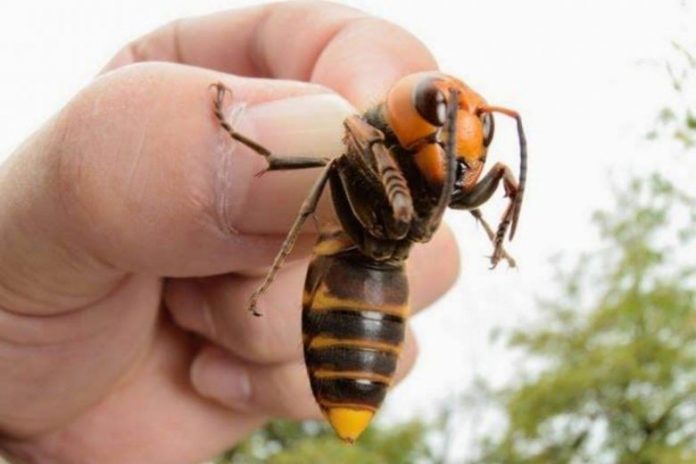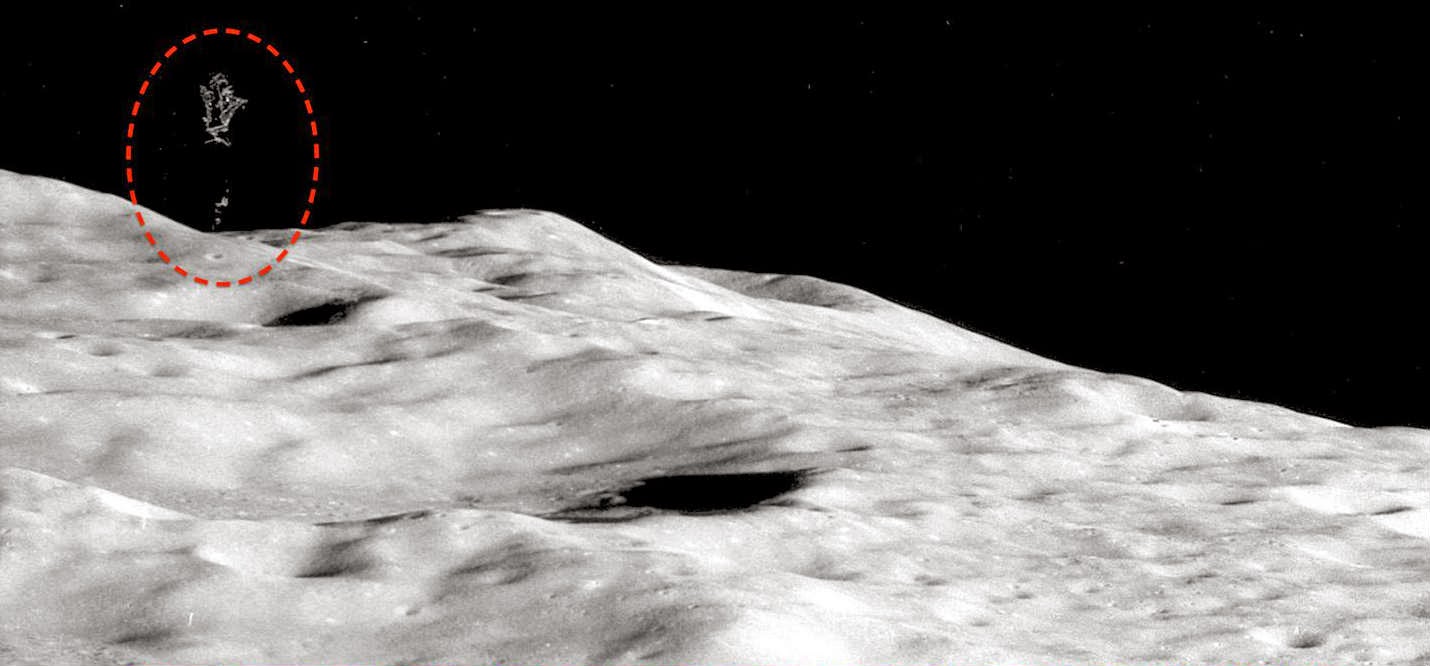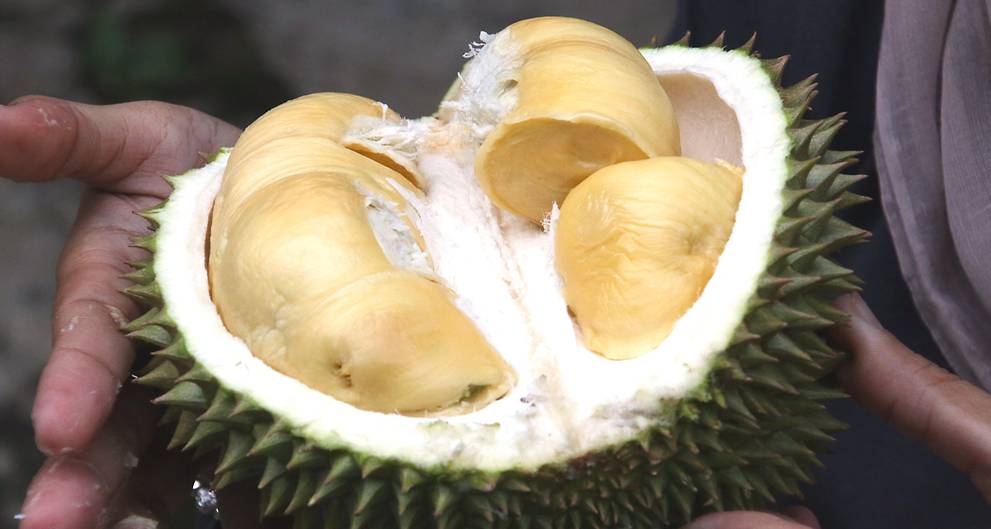Asian giant hornets, which feed on honeybees and can wipe out entire hives, have been found in the Nanaimo area, the first time the invasive species has been spotted on Vancouver Island.
B.C.’s Ministry of Agriculture said in an information bulletin Wednesday that Canadian and international experts have positively identified three giant hornets discovered in August.
Ministry of Agriculture entomologist Tracy Hueppelsheuser said two of the hornets were found by a beekeeper around his hives, while a third was located in someone’s backyard.
“Those are all we have right now,” she said. “So we’re hoping to let the public know and if anybody sees any more, we’d sure like to hear about it.”
The hornets, which are commonly found in China, Japan and the Korean Peninsula, can reach up to five centimetres in length with a wingspan up to seven centimetres.
“They have this big head with black eyes and then orange and black stripes on the abdomen, so it’s a pretty distinctive insect,” Hueppelsheuser said.
Although they pose a risk to honeybees and other insects, Asian giant hornets aren’t particularly interested in humans or pets, health officials say.
“Even in eastern Asia, where they normally reside, interactions between this particular insect and humans are not common,” said Dr. Paul Hasselback, a medical health officer in Nanaimo.
“They aren’t types of hornets that are coming after humans or human food.”
They do nest on the ground, however, and will sting if disturbed. Given the hornets’ size, a single sting can be painful and cause swelling, redness and itching that can be treated with ice or a cold compress.
Of more concern is the prospect of multiple stings due the toxins that are released by giant hornets, Hasselback said.
People who suffer 10 or more stings might be at increased risk of developing an allergic reaction and should seek medical attention immediately, officials say.
“If there are multiple stings in particular, that can be enough of a dose of a venom to actually lead to other medical complications,” Hasselback said.
“So being aware of what those potential complications are to the toxin is something that we’ve tried to ensure that local practitioners are aware of.”













